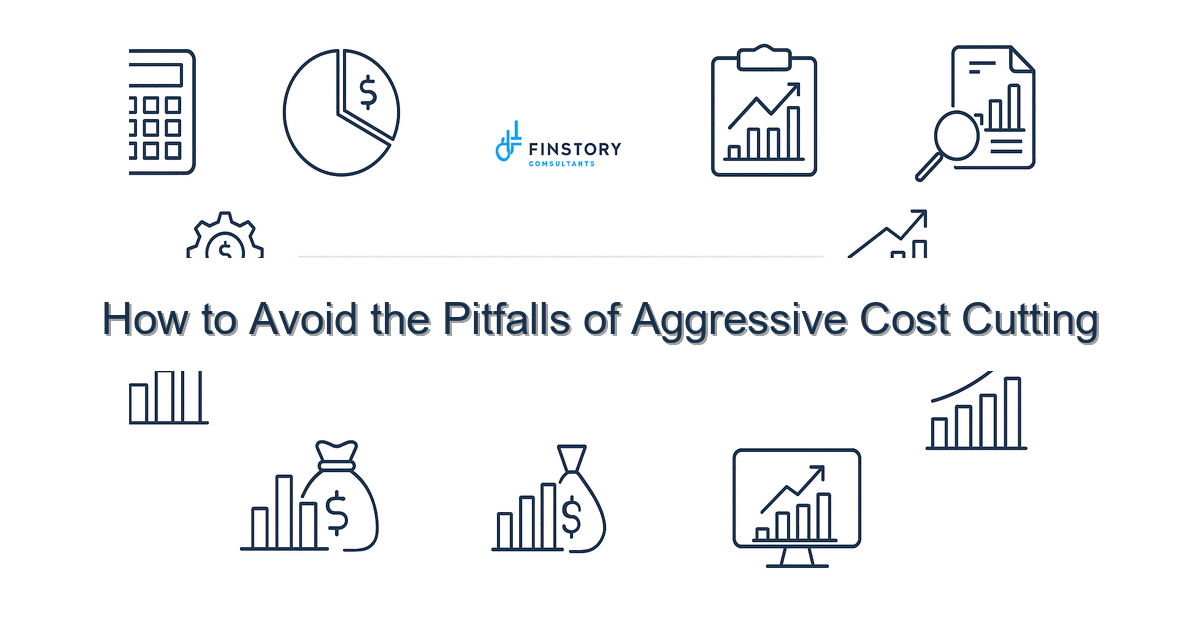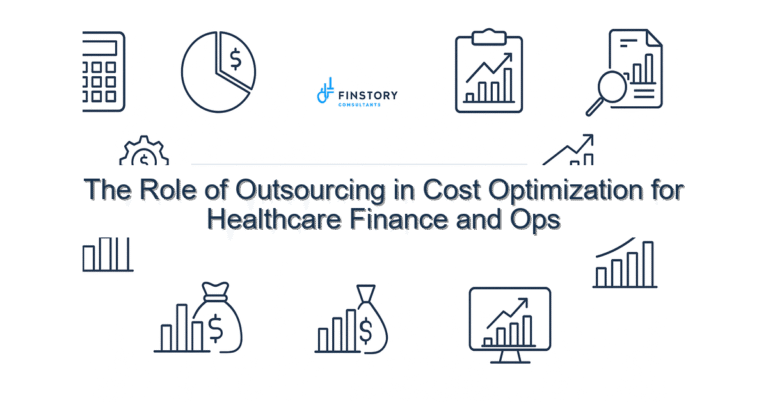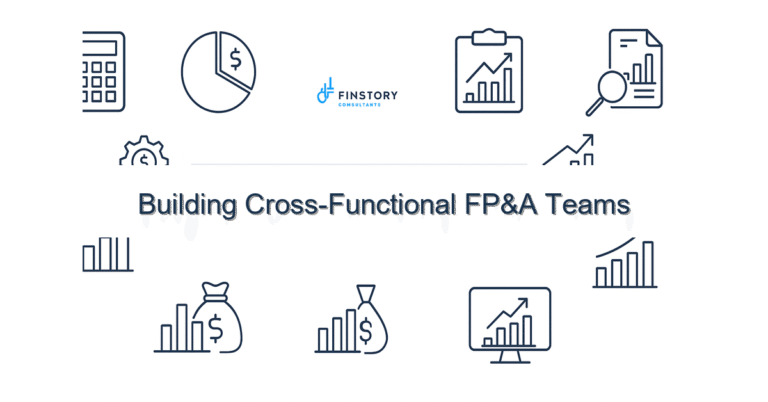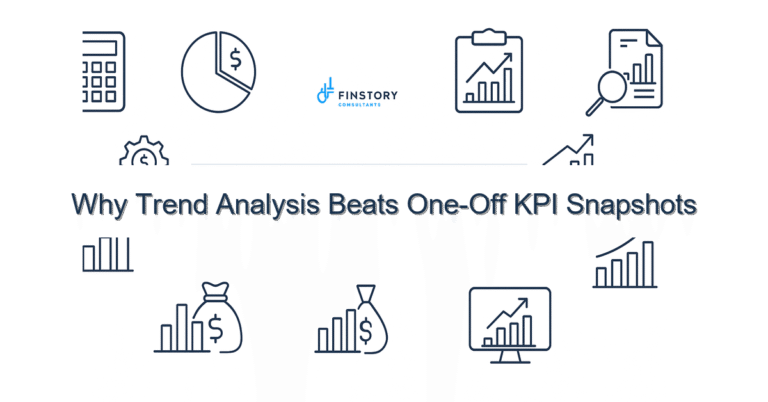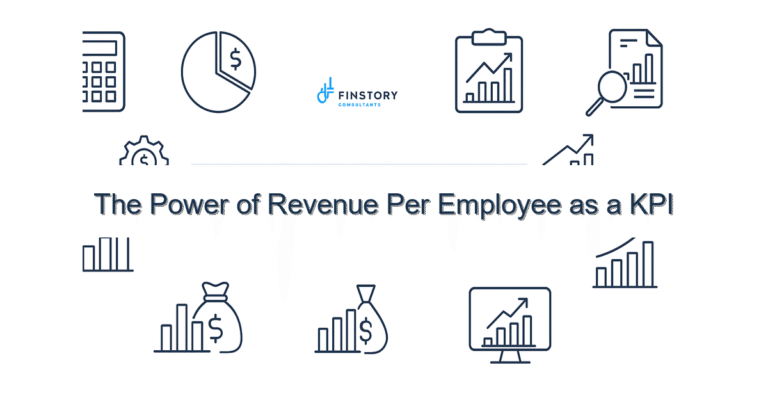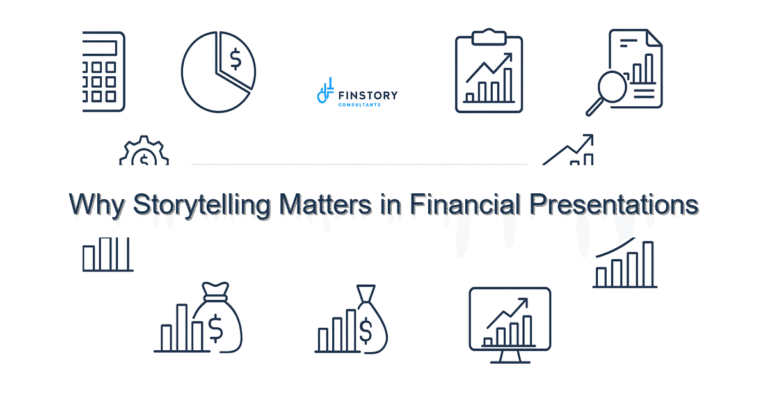How to Avoid the Pitfalls of Aggressive Cost Cutting
You’re under pressure: margins are tight, boards want action, and the instinct is to cut fast. That urgency is real—but when you rely on aggressive cost cutting, you can unintentionally harm patient care, staff morale, and long-term finances.
Summary: A targeted, data-driven alternative avoids common traps of aggressive cost cutting. Follow a 5-step framework to protect quality, realize sustainable savings, and improve reporting so your team can make better trade-offs.
What’s the real problem? (The cost of aggressive cost cutting)
Healthcare leaders are balancing two competing demands: reduce costs now, and maintain patient safety and service levels. Aggressive, across-the-board cuts feel fast and decisive, but they erase nuance.
- Symptom: Supply and staffing cuts that increase readmissions or overtime.
- Symptom: Short-term reductions in spend followed by rebound costs or lost revenue.
- Symptom: Poor morale and turnover in clinical teams after blunt cost actions.
- Symptom: Finance reporting that masks where true costs and value lie.
What leaders get wrong
Leaders usually have good intentions: hit budget targets, show progress, and stabilize cash flow. The problems come from how they do it.
- They cut by percentage instead of by impact. A 10% cut to every department ignores value differences across services.
- They prioritize speed over data. Decisions made without clean, timely cost and activity data miss hidden costs.
- They underinvest in automation and process improvement that would free up capacity and reduce hidden waste.
- They treat clinicians as a line item rather than partners, creating resistance and care degradation.
A better approach
Shift from “slash now” to “target and sustain.” Here’s a practical 5-step framework for avoiding the pitfalls of aggressive cost cutting.
- Diagnose with accuracy. Reconcile clinical volume, cost-to-serve, and revenue by service line. Identify high-cost, low-value processes first.
- Prioritize by impact and risk. Score opportunities for savings by net financial impact, quality risk, and implementation ease.
- Design targeted interventions. Replace blunt cuts with targeted actions: vendor renegotiation, demand management, care pathway redesign, or technology enablement.
- Automate and measure. Use finance automation, standardized dashboards, and weekly KPIs to catch unintended consequences early.
- Engage and iterate. Involve clinical leaders in trade-offs, pilot changes, measure outcomes, then scale what works.
Real-world story: A 250-bed community hospital cut non-clinical supplies by 8% through targeted sourcing and inventory control. Initially it looked like a win, but a separate blunt cut to a wound-care product line increased dressing changes and readmissions. After reinstating the right product and automating inventory alerts, the hospital achieved net savings of 12% the next year with no quality loss. That combination of targeted sourcing, data reconciliation, and automation made the difference.
Quick implementation checklist
- Run a rapid 4-week cost-to-serve assessment for your top 5 service lines.
- Map three high-volume care pathways and identify one low-value step to remove.
- Create a savings rubric that includes quality and readmission risk, not just dollar value.
- Implement a temporary hold on across-the-board percentage cuts until the assessment completes.
- Stand up a weekly leadership dashboard tracking cost, volume, quality, and staff OTE (overtime) metrics.
- Launch a 60-day pilot to renegotiate top 5 vendor contracts and measure P&L impact.
- Automate a manual finance process (AP, AR, or expense reconciliation) that consumes >80 hours/month.
- Invite two clinical champions to a cost-governance working group and meet biweekly.
What success looks like
Define success with measurable outcomes so progress is obvious and defensible.
- Net cost savings: 8–15% in targeted spend areas within 12 months.
- Quality metrics stable or improved: readmission rates unchanged (0% adverse impact).
- Cycle time: close month-end 30–50% faster through finance automation.
- Forecast accuracy: variance to budget drops from ±10% to ±3–5%.
- Return on investment: every $1 spent on automation yields $3–5 in measurable savings within 18 months.
Risks & how to manage them
Top three risks and how to reduce them.
- Risk: Hidden clinical impact. Mitigation: Review clinical KPIs weekly and require clinical sign-off for any change affecting direct care.
- Risk: Short-lived savings that bounce back. Mitigation: Tie savings to process changes and automation, not temporary headcount freezes.
- Risk: Staff burnout from one-off demands. Mitigation: Limit change projects per department and invest in smaller, high-impact wins first.
Tools & data
Use the right tools to move faster and stay accurate. Finance automation reduces manual reconciling errors and frees time for analysis. Power BI (or similar reporting tools) turns raw data into decision-ready dashboards. Leadership reporting should combine financials, utilization, and quality measures on one screen so trade-offs are visible.
Suggested stack:
- ERP/GL with clean cost-center mapping
- Finance automation for AP/AR and close processes
- Power BI or Looker dashboards for service-line P&L and quality overlays
- Procurement platform with contract analytics
FAQs
Q: Isn’t any cost cutting better than none?
A: Not if it damages revenue or quality. Targeted actions that consider downstream effects produce sustainable savings.
Q: How quickly can we see results from this approach?
A: Small targeted wins (vendor renegotiation, automation of one manual process) can show returns in 60–90 days. Broader service-line redesign will take 6–12 months.
Q: What’s the difference between aggressive cost cutting and smart cost reduction?
A: Aggressive cutting removes cost regardless of impact. Smart reduction optimizes spend against value, risk, and revenue, preserving high-value resources.
Next steps
If you’re worried about aggressive cost cutting in healthcare, start with a short diagnostic: a 4-week assessment that maps your top services, identifies high-risk cuts, and produces a prioritized list of targeted actions. We’ll also show you quick wins in finance automation and leadership reporting so you can move confidently.
Ready to avoid the common pitfalls of aggressive cost cutting? Contact Finstory for a diagnostic and immediate next steps. Explore our finance transformation services and recent case studies: Finance Transformation, Financial Forecasting for Healthcare, and Finance Automation.
Work with Finstory. If you want this done right—tailored to your operations—we’ll map the process, stand up the dashboards, and train your team. Let’s talk about your goals.
📞 Ready to take the next step?
Book a 20-min call with our experts and see how we can help your team move faster.
Prefer email or phone? Write to info@finstory.net
or call +91 44-45811170.
